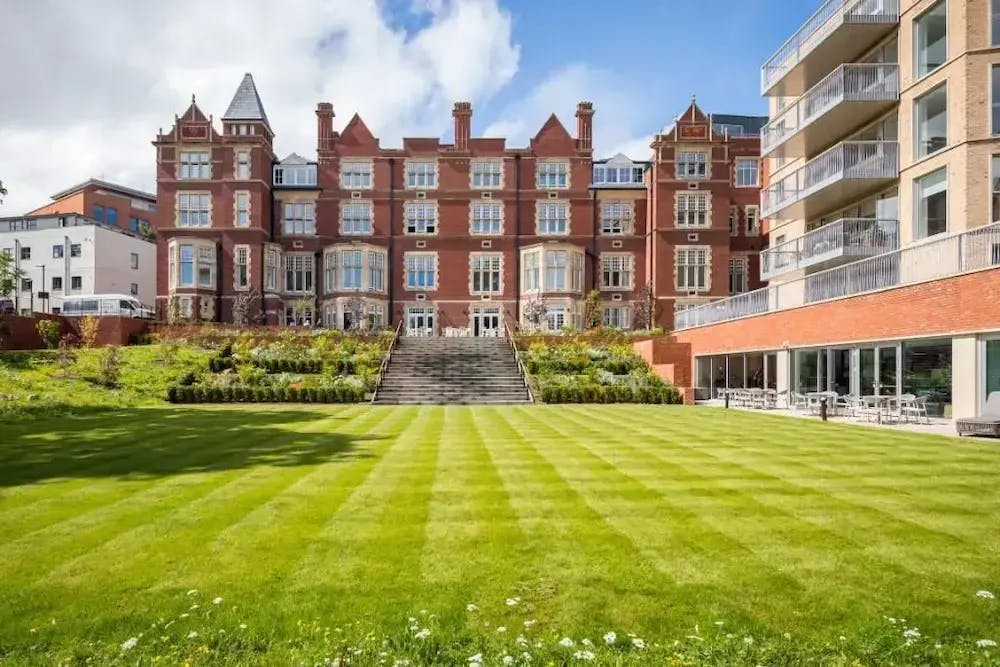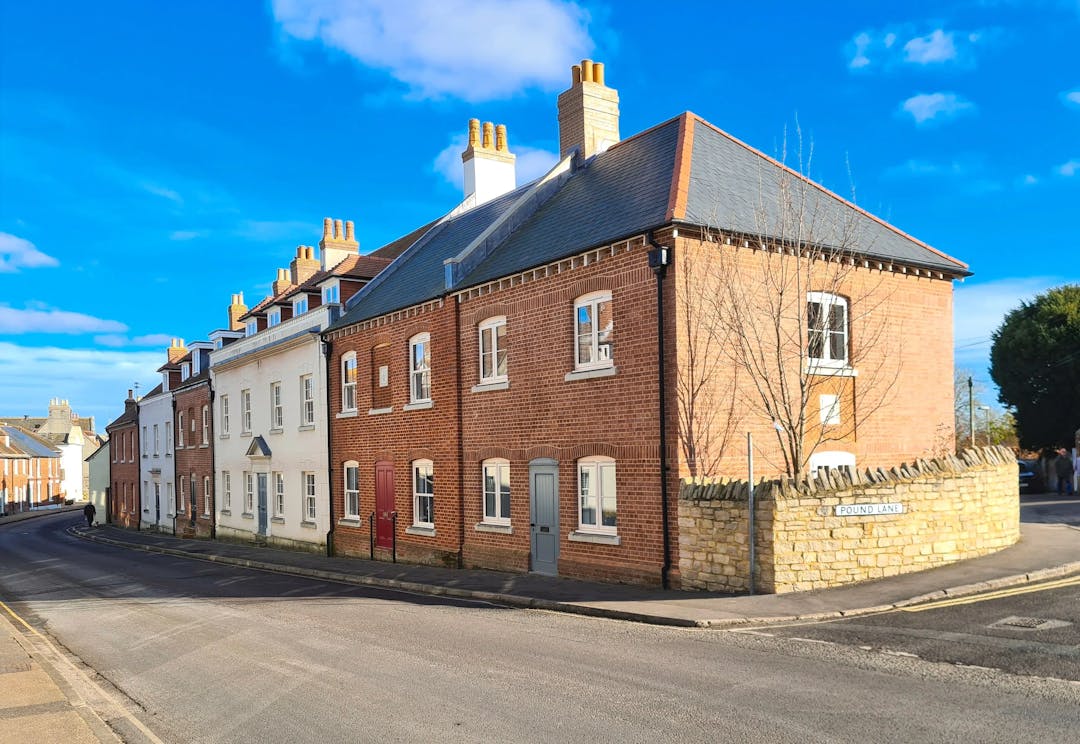Deferred Management Fees | How They Work In Retirement Properties

Estimated Reading Time: 4 minutes
This article was reviewed by Will Donnelly, Co-Founder and CEO at Lottie, on 13th March 2025. Since co-founding Lottie in 2021, Will has helped thousands of care-seekers find their dream care options and was featured in the Forbes 30 Under 30 Europe 2024 for Science and Healthcare. Before Lottie, Will spent 5+ years advising the UK’s foremost care and retirement operators and was also part of the property team that helped lead the NHS during the COVID-19 pandemic. Next review due March 2026.
A deferred management fee can be paid when you or your loved one permanently leaves a property, such as a retirement village. This fee makes retirement homes more affordable and allows you to buy a nicer property than you’d normally be able to afford.
Here, we’ve explained exactly what deferred management fees are, how they work and how much they cost when vacating a retirement home.
Where would you like to live?
Browse the best retirement homes near you through Lottie.
What is a Deferred Management Fee?
You, your loved one or next of kin pay a deferred management fee when permanently leaving a retirement community or similar retirement property. Though it might just sound like another cost, a deferred management fee is what enables you to enjoy all the amenities and facilities within a retirement complex. They also make purchasing a nicer property possible for many.
This fee works alongside a monthly management fee to ensure any repairs and maintenance work can be taken care of, without the village having to worry about a lack of funds.
You can learn more about these fees and the other costs associated with retirement living in our guide on retirement home costs.
Remember, you don’t pay anything until you sell or let your property.
How Much Does a Deferred Management Fee Cost?
The industry average is around 27% of the purchase price. So, if you were to buy a retirement property for £500,000, the average deferred management fee would be around £135,000.
Be sure to check with individual companies though, as this fee can vary quite a bit from provider to provider. Ryman Healthcare caps its deferred management at just 20%.
Not all retirement villages charge a deferred management fee either, with Bournehurst in Sefton, Merseyside, stating that they don’t charge homeowners an exit fee or deferred management charge.
Here are some of the retirement homes we offer across the UK that don’t charge a deferred management fee:
Kingfisher Court in Taunton, South West England
Thorneycroft in Tettenhall, Wolverhampton
Pegasus Cobham Bowers in Cobham, Surrey
Balshaw Court near Preston
Pegasus Jesmond Assembly in Newcastle upon Tyne
Eden Court in London
Catherine Place in Melton Mowbray, East Midlands
And here are two of our retirement homes that do charge a deferred management fee:
Debden Grange in Saffron Walden, Essex
How a Deferred Management Fee Works
The following example shows how a Deferred Management Fee can be worked out, and how this affects the final payout:
In this example, we’ve given two different monthly fees. Often, paying a higher monthly fee (Option A) will result in a lower deferred management fee and vice-versa.
Option A - You pay £800 a month and a deferred management fee of 1.5% each year
Option B - You pay £400 a month and a deferred management fee of 3% each year
The below table shows how much you’d need to pay in deferred management fees, depending on when you sell your property:
| Year | Value of Property | Expected Property Value Increase | Option A | Expected DMF (£) | Option B | Expected DMF (£) |
|---|---|---|---|---|---|---|
| Year 1 | £300,000 | N/A | 1.5% | £4,500 | 3% | £9,000 |
| Year 2 | £315,000 | £15,000 | 3% | £9,450 | 6% | £18,900 |
| Year 3 | £330,750 | £15,750 | 4.5% | £14,884 | 9% | £29,768 |
| Year 4 | £347,288 | £16,538 | 6% | £20,837 | 12% | £41,675 |
| Year 5 | £364,652 | £17,364 | 7.5% | £27,349 | 15% | £54,698 |
To further explain our example table, the deferred management fee in Option A rises by 1.5% each year, and by 3% each year in Option B. Then, the expected deferred management fee is calculated by working out that year’s percentage against the house value. So in Year 1 for Option A, a house value of £300,000 and a yearly charge of 1% gives an expected fee of £3,000.
In this example, the house value rises by 5% each year (though this is just a forecast, as actual property prices are difficult to accurately predict).
Loading FAQs...



